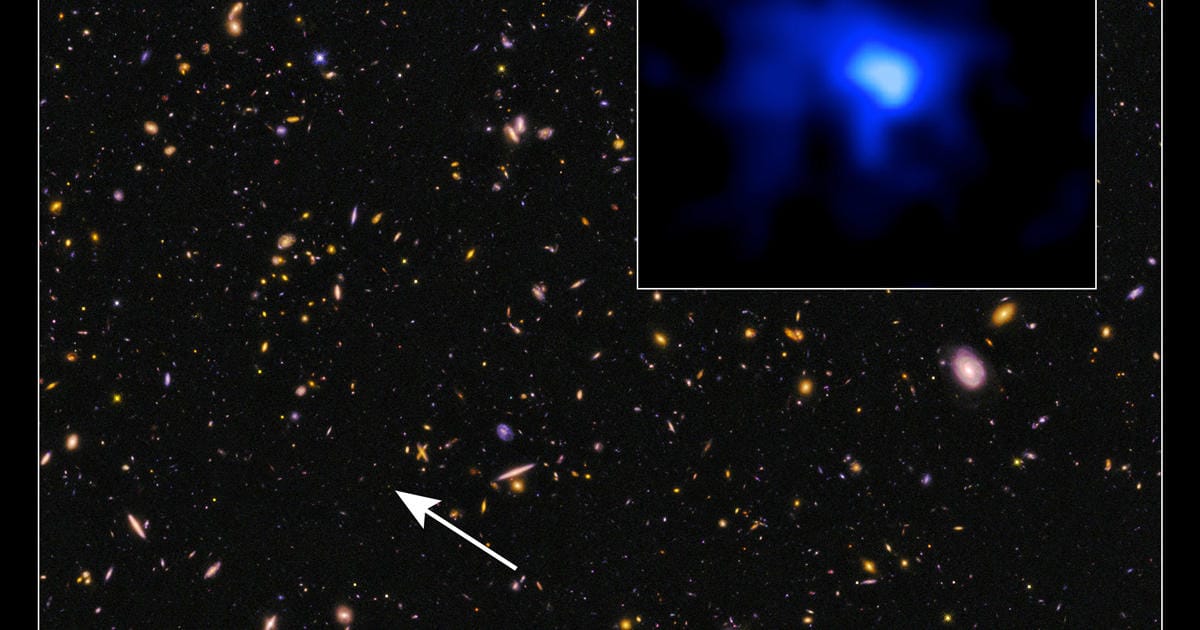The study of human evolution has long captivated scientists and researchers, particularly the interactions between early modern humans and Neanderthals. Recent findings have brought to light new insights into the interbreeding that took place around 47,000 years ago, contributing significantly to our understanding of both species’ histories. The interbreeding events not only highlight the complexities of human evolution but also the genetic legacy that Neanderthals have left in modern human DNA.
Neanderthals, a distinct group of hominins, lived in Europe and parts of Asia until their extinction approximately 40,000 years ago. They were adapted to cold environments and had a range of physical and cultural traits that set them apart from modern humans. Despite their differences, genetic studies have shown that there was a significant degree of interaction between Neanderthals and early modern humans, particularly when the latter migrated out of Africa.
The new research, which employs advanced genetic sequencing techniques, has uncovered evidence that suggests that the interbreeding events were more common and widespread than previously thought. By analyzing ancient DNA extracted from Neanderthal remains, scientists have been able to trace the genetic contributions made by Neanderthals to the genomes of contemporary human populations. The findings indicate that non-African populations today carry approximately 1-2% Neanderthal DNA, a testament to the intimate connection between the two species.
One of the key aspects of this study is the timeline it provides regarding the interbreeding events. The evidence suggests that these genetic exchanges occurred shortly after modern humans began to migrate into Europe, which coincided with the last glacial maximum. This period presented both challenges and opportunities for early humans, who had to adapt to the harsh climates and compete for resources with Neanderthals. The interbreeding may have offered certain adaptive advantages, such as enhanced immune responses and other beneficial traits that could have helped early humans survive in these new environments.
Moreover, the research highlights the role of climate change in shaping the interactions between these two species. As the climate fluctuated, the habitats of both Neanderthals and modern humans changed, leading to increased encounters. These interactions were likely not limited to mating; they may have included cultural exchanges as well. Evidence of shared tools and hunting strategies suggests that both groups may have influenced each other in various ways, contributing to the technological advancements seen in the archaeological record.
The implications of this research extend beyond understanding the past; they also offer insights into modern human health and genetics. The Neanderthal DNA present in contemporary humans has been linked to various traits, including skin pigmentation, hair color, and even susceptibility to certain diseases. Understanding the genetic legacy of Neanderthals can help researchers explore the complexities of human health and the evolutionary pressures that have shaped our species.
Furthermore, this research opens up new avenues for studying the broader context of human evolution. It raises questions about the social structures, behaviors, and interactions of early humans and Neanderthals. What were the dynamics of their relationships? Did they coexist peacefully, or were there conflicts over territory and resources? These inquiries are crucial for developing a more nuanced understanding of human history and the evolutionary journey that has led to the diverse populations we see today.
In conclusion, the recent studies on interbreeding between early modern humans and Neanderthals approximately 47,000 years ago provide valuable insights into the complexities of human evolution. By analyzing ancient DNA and understanding the interactions between these two species, researchers are uncovering the intricate tapestry of our genetic heritage. This research not only enhances our understanding of human history but also informs contemporary discussions about genetics and health, emphasizing the importance of our shared past in shaping the future of humanity.



